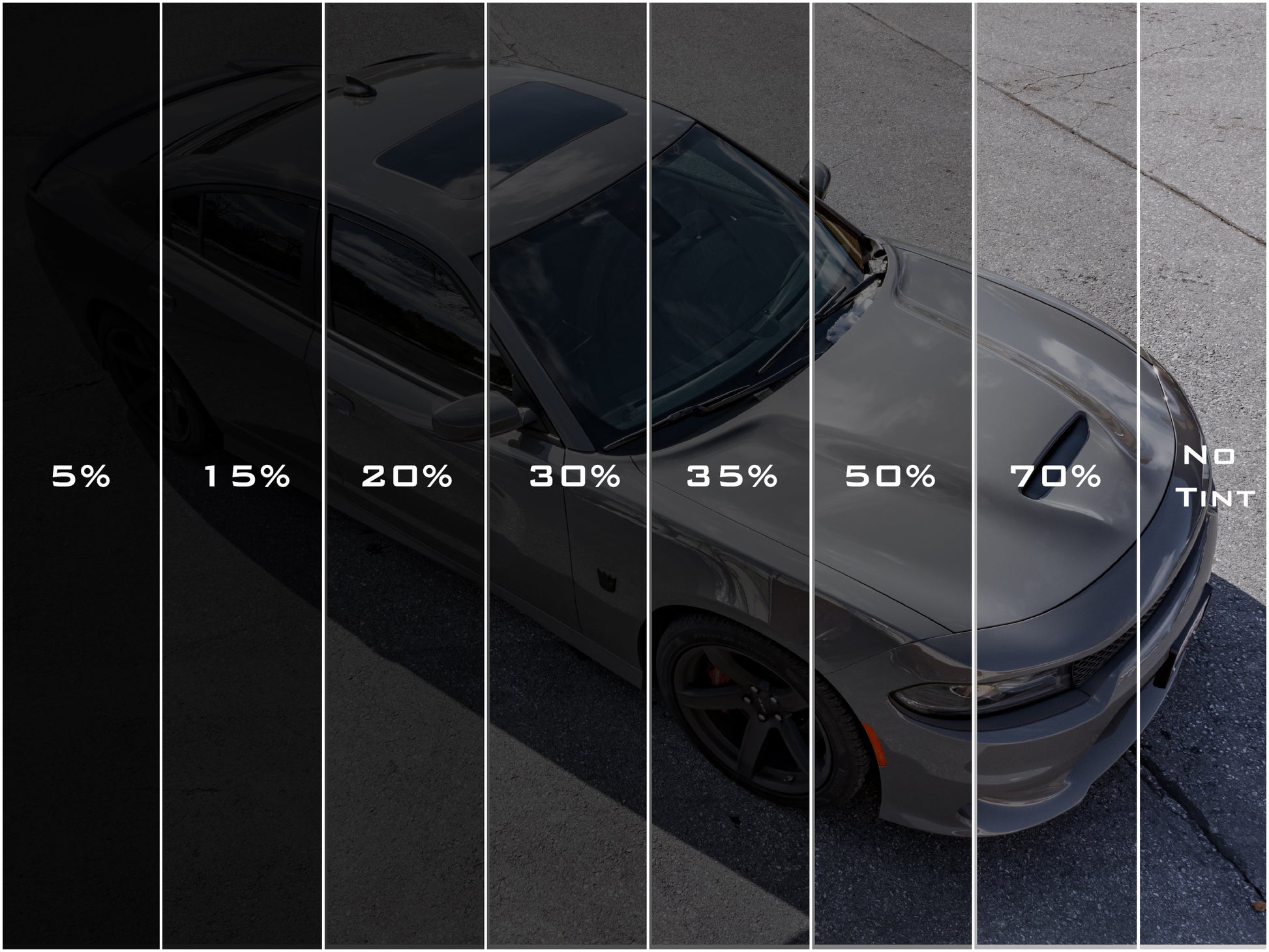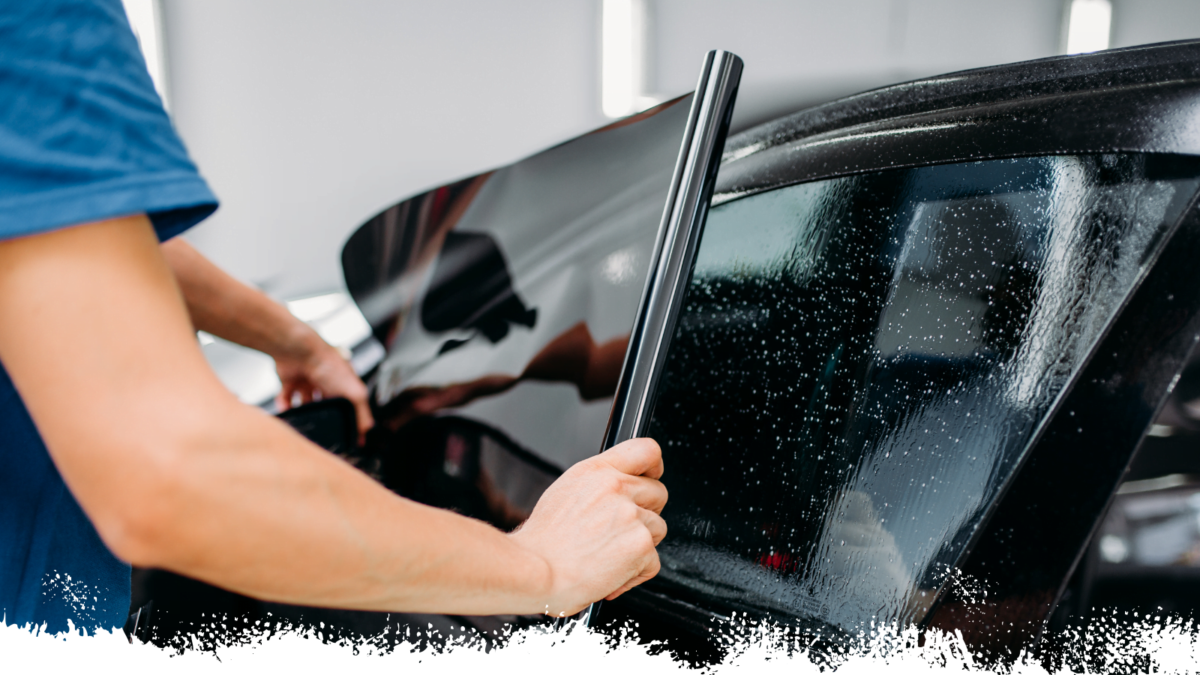The Total Failure of Car Home Window Tinting Laws: Remain Informed and Avoid Pricey Fines
Comprehending the intricacies of cars and truck home window tinting regulations is extremely important for every single vehicle owner. With policies differing across states and jurisdictions, an extensive knowledge of the acceptable color levels and guidelines can conserve you from possible penalties and lawful troubles. By staying notified and guaranteeing compliance with these laws, chauffeurs can not only enhance the aesthetic appeal of their cars yet also protect against expensive fines. Allow's check out the subtleties of window tinting regulations, from lawful portions to enforcement measures, and find the essential ideas for preserving tinting compliance.

Significance of Comprehending Tinting Regulations
Recognizing tinting regulations is vital for automobile owners to make certain compliance with laws and prevent possible fines or charges. Each state has particular legislations pertaining to the darkness of window tinting permitted on automobiles. These laws remain in place to make sure the safety of drivers, pedestrians, and legislation enforcement policemans. By being notified concerning tinting regulations, car owners can make enlightened decisions regarding their car modifications and avoid the headache of having to get rid of illegal color.
In enhancement to lawful repercussions, inappropriate window tinting can likewise impact visibility while driving, particularly at night or in adverse weather conditions. Dark home window tints can minimize visibility for the driver and obstruct the sight of pedestrians or various other vehicles, increasing the threat of accidents. tampa window tinting. Recognizing the tinting laws can aid drivers strike an equilibrium between appearances and safety and security
Moreover, adhering to tinting regulations can likewise protect against unnecessary costs. Removing prohibited color and paying penalties can be pricey, adding financial worries to automobile owners. By following tinting regulations from the get go, drivers can prevent these extra costs and ensure a smooth driving experience without disruptions from law enforcement.
Kinds Of Window Tinting Regulations
Having a clear understanding of the value of conforming with tinting laws, it is vital to understand the various sorts of window tinting guidelines enforced across numerous states. These laws generally revolve around the Visible Light Transmission (VLT) percentage, which measures the amount of light permitted to travel through the colored home windows. States like The golden state have strict policies, enabling just 70% VLT for the front side windows and windscreen, while states such as North Dakota permit up to 50% VLT. Furthermore, some states have differing policies for rear windows and side windows behind the driver. It's important for automobile owners to familiarize themselves with these specific guidelines to avoid citations or penalties.
Furthermore, certain states might also have laws regarding the reflective residential properties of window color and using certain colors. Reflective tint is frequently restricted, and colors like red, amber, and yellow may not be allowed due to presence problems. When tinting their home windows to ensure compliance with the legislation., recognizing these nuances in home window tinting regulations can help car owners make educated choices.
Legal Tinting Percentage Guidelines
Checking out the allowable tinting percents established by state regulations provides crucial assistance for vehicle proprietors seeking to follow lawful regulations (car tint). These guidelines dictate the optimum allowable darkness for home window tints, commonly gauged in Visible Light Transmission (VLT) percentage-- the amount of light that can go through the color. Some states may allow a VLT of 70% on the front side windows, while others just permit 50%. Rear side windows and the back windscreen usually have different VLT limits, which can vary in between states.
Understanding these legal tinting percent standards is vital to guarantee conformity and prevent prospective penalties or fines. Failing to comply with the specified VLT limitations can cause citations, calling for removal of prohibited colors or dealing with monetary penalties. Consequently, before applying home window colors to a lorry, it is recommended to study and familiarize oneself with the tinting legislations particular to the state of registration. By following these regulations, lorry proprietors can enjoy the advantages of window tinting while staying on the right side of the regulation.

Enforcement and Repercussions of Violations
Implementing the recognized tinting percentage guidelines is essential in maintaining compliance with state laws on cars and truck home window tinting. Legislation enforcement companies perform normal checks to guarantee automobiles meet the defined tint darkness limitations. To avoid these enforcement actions and possible risks, it is vital for vehicle owners to remain informed regarding the tinting legislations in their state and ensure their vehicle's home window tints conform with the defined regulations.
Tips for Compliant Window Tinting
To make sure conformity with cars and truck window tinting legislations, it is essential for vehicle proprietors to adhere to particular suggestions go to these guys for picking and using home window colors. Constantly check the local laws relating to allowed tint levels for each window of your automobile. Different states have varying legislations, so comprehending these standards is critical. Secondly, select high-quality tint movies that are compliant with the recognized requirements. Substandard products click here to read might not provide the preferred level of UV security or can discolor with time, leading to prospective legal concerns. In addition, think about having a specialist home window tinting solution set up the tint. This can help guarantee that the tint is applied correctly, reducing the risk of bubbles, folds, or unequal protection that could lead to non-compliance. Lastly, maintain your color frequently by cleansing it with approved products to prevent it from bubbling or peeling off, which can bring in unwanted attention from authorities. By adhering to these ideas, you can appreciate the advantages of home window tinting while staying within the boundaries of the regulation.

Final Thought
Finally, it is essential to be knowledgeable about auto window tinting laws to avoid prospective fines and charges. Comprehending the different kinds of laws and lawful tinting percentage standards can help guarantee compliance with the law. Enforcement measures for infractions are in place to support these policies. By complying with these standards and pointers for compliant home window tinting, drivers can preserve a lawful and secure vehicle look.
Having a clear understanding of the significance of abiding with tinting laws, it is vital to be aware of the various types of window tinting guidelines enforced throughout numerous states. Comprehending these subtleties in window tinting guidelines can help cars and truck proprietors make notified decisions when tinting their home windows to guarantee conformity with the legislation.
Before using home window tints to an automobile, it is a good idea to research study and acquaint oneself with the tinting laws details to the state of enrollment. To stay clear of these enforcement activities and potential threats, it is necessary for car proprietors to stay educated about the tinting legislations in their state and ensure their vehicle's home window tints conform with the specified policies.
To make certain compliance with cars and truck window tinting legislations, it is vital best site for vehicle proprietors to comply with certain tips for selecting and applying home window tints.